Sylvania B15/B22 LED Lamps
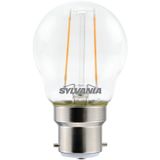
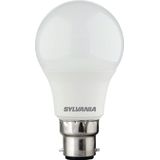
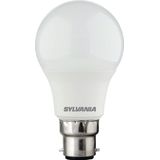
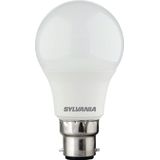
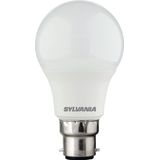
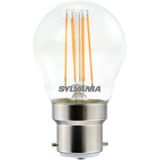
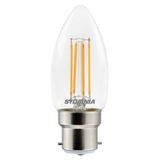
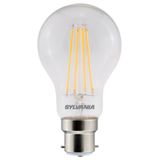
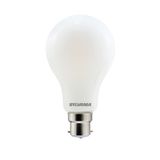
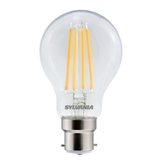
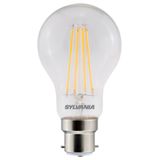
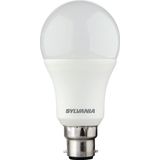
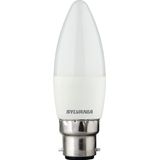

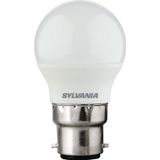
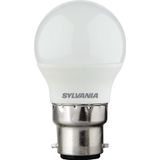

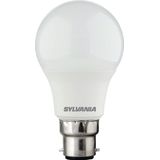
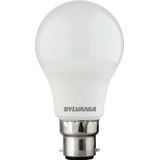
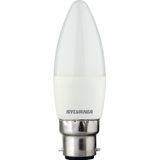

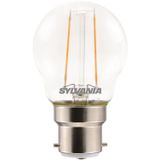
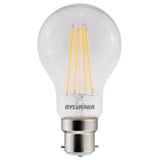
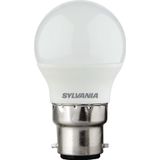
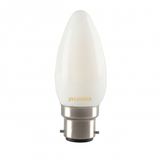
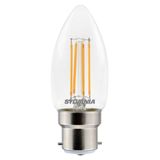
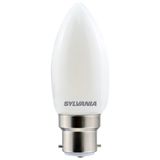
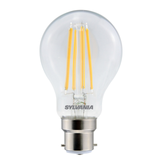


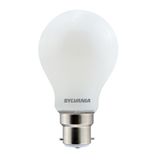
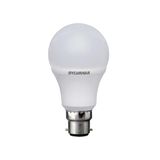
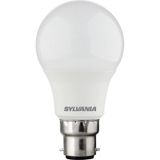

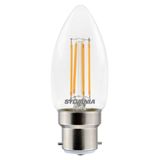
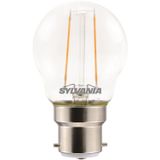
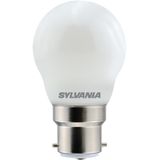
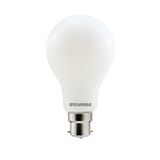
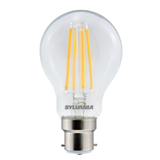
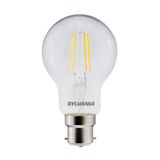
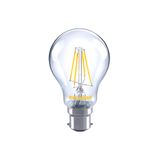
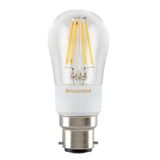

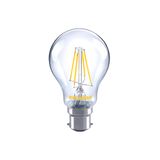
sylvania b22 led bulbs range and project context
Bayonet-cap A-shape and globe formats cover offices, housing, and hospitality where existing B22 sockets must stay. Drivers sit calmly on 220–240 V AC with PF ≥0.9 (size dependent), THD within building limits, and declared inrush for Type B/C MCBs. Efficacy typically 105–140 lm/W, CRI 80 standard with CRI 90 options, CCT 2700/3000/4000 K in ≤3-step SDCM. For schedules that repeat rooms, specifiers lock sylvania b22 led bulbs by lumen class and CCT to keep colours consistent floor to floor.
sylvania bayonet base led lamps mounting and envelopes
Caps follow IEC 60061 geometry so bezels and lampholders don’t need shims. Envelopes—A60/A67, candle, and globe—respect shade clearances and heat in enclosed domes. Terminals and cages in quality holders accept 0.5…2.5 mm² copper; surge figures are published for shared circuits. Maintenance teams choose sylvania bayonet base led lamps when they want one BOM to serve corridors, rooms, and back-of-house without adapters.
sylvania b22 retrofit bulbs electrical behaviour and compliance
Phase compatibility matters on legacy dimmers; trailing-edge is preferred where dimming is needed, with minimum load declared. Ripple at low scenes remains within workspace guidance; immunity keeps nuisance flicker off mixed circuits. Safety/EMC align to EN 61347, EN 55015, EN 61000-3-2, and photobiological EN 62471. On audits, engineers highlight sylvania b22 retrofit bulbs that publish inrush and PF at dim to stabilise breaker diversity.
sylvania standard led lighting optics and photometrics
Beam is omnidirectional for shade fill, with opal envelopes to avoid bright pin-points. Output bands run ~470–1600 lm to hit 100–500 lx targets depending on room size and reflectance. CRI 90 SKUs lift wood and textiles where finishes matter. Designers specify sylvania standard led lighting in neutral 3500–4000 K for work areas and warm 2700–3000 K for residential corridors and hospitality.
sylvania dimmable b22 lamps control strategy and flicker
Where scene control is required, match lamps to a validated dimmer matrix; keep low-level scenes around 10–20 % for egress. For critical rooms, place a remote 1–10 V/DALI driver upstream and run the socket at fixed load. Documentation should record approved circuits so sylvania dimmable b22 lamps stay smooth on camera and compliant with Pst LM/SVM guidance.
sylvania energy saving led bulbs efficiency and lifetime
High-efficacy packages deliver quick kWh reductions without touching wiring. Typical L70/L80 projections: 25,000–50,000 h depending on thermal path and drive current; standby is trimmed for presence/daylight logic upstream. Facilities standardise sylvania energy saving led bulbs to hold payback across phases while keeping glare low behind opal shades.
sylvania decorative b22 lights applications and finishes
Lobby and guest areas benefit from clear or opal globes, warm CCTs, and CRI 90 to keep materials honest. Uniform binning (≤3 SDCM) ensures adjacent spaces read as one surface. For visible lamps, halo or crown diffusers limit high-angle brightness. Designers tag sylvania decorative b22 lights where ambience has to land without bespoke fixtures or driver swaps.
Technical specifications and standards for engineers
- Electrical: 220–240 V AC, 50/60 Hz; PF typically ≥0.9 (model dependent); THD ≤15 %; declared inrush for MCB sizing; surge 1–2 kV L-N.
- Photometric: 2700/3000/3500/4000 K; CRI 80/90; ≤3-step SDCM; 105–140 lm/W; 470–1600 lm bands.
- Thermal/mechanical: −20…+40/50 °C operation; envelopes sized for common shades; short-neck options for shallow domes.
- Controls: non-dimmable and dimmable (trailing-edge preferred); remote 1–10 V/DALI possible via fixed-load drivers.
- Compliance: EN 60598 integration notes, EN 61347 controlgear safety, EN 55015/EN 61000-3-2 EMC/harmonics, EN 62471 photobiological.
Applications and compatibility
- Housing and hotels: warm CRI-90 lamps in shades; minimum on-time in presence-controlled corridors to avoid rapid cycling.
- Offices and education: neutral whites with calm low-level scenes; label circuits with approved dimmers.
- Retail/back-of-house: high lumen A-shapes for open shelves; confirm acoustic panels don’t trap heat around enclosed domes.
Always verify lampholder condition and spring force; replace brittle collars to prevent poor contact resistance.
Integration with other Sylvania categories
Keep CCT/CRI aligned with Sylvania panels, linears, and pendants in adjacent zones. Where presence/daylight logic is required, tie sockets to Sylvania automatics and control so fade curves, minimum on-times, and emergency routing remain consistent across floors.
Selection checklist for B2B buyers
- Fix lumen class and CCT/CRI by room type and target lux.
- Confirm dimming method and minimum load; publish the approved dimmer list.
- Check envelope geometry against shades and guards; choose short-neck where needed.
- Record PF, THD, inrush, and surge for each SKU per feeder.
- Lock EAN/MPN and replacement intervals; bundle spare shades and holders where wear is likely.
Advantages of working with Bankoflamps
You get project pricing aligned to room bundles and live EU stock before crews are booked. Quotes arrive in roughly an hour with EAN/MPN so variants stay fixed. Your portal shows lead times, shipment status, and downloadable price lists with validity windows you can plan around. Approved accounts can use post-payment up to 30 days. We consolidate partials to cut freight, and a dedicated account manager cross-checks envelope size, dimming method, lumen/CCT, surge data, and holder condition against your drawings so cartons land site-ready across France, the Baltics, Germany, Spain, Italy, Belgium, and the Netherlands.